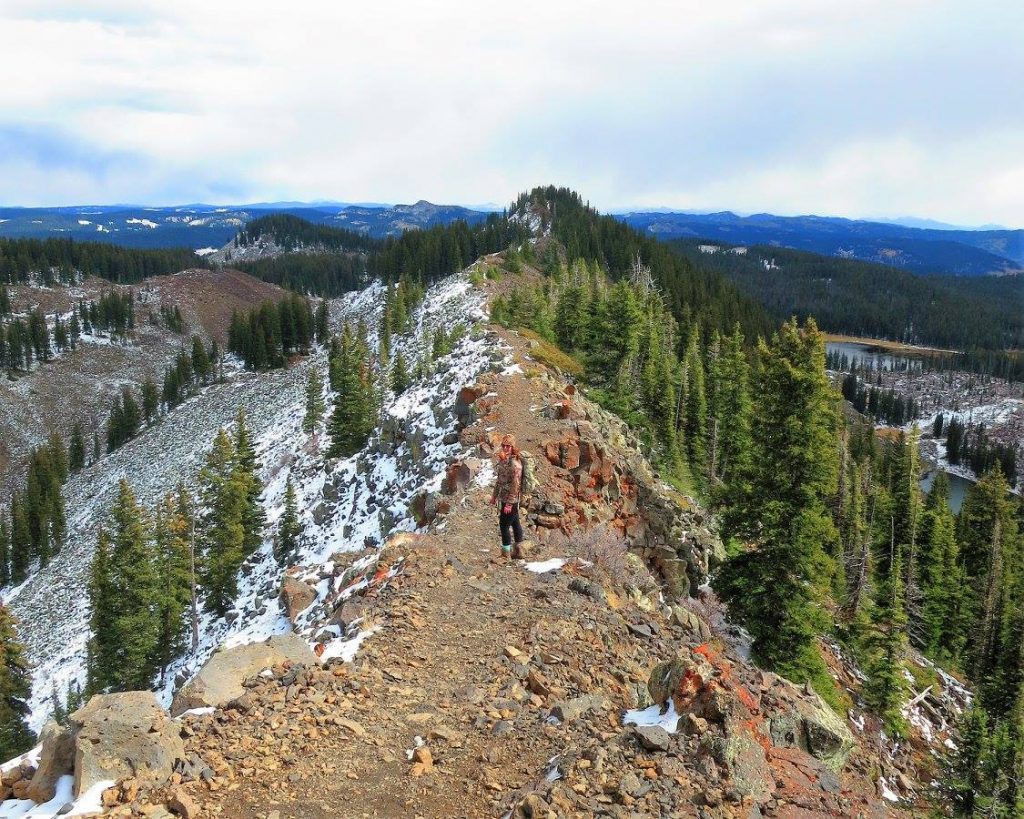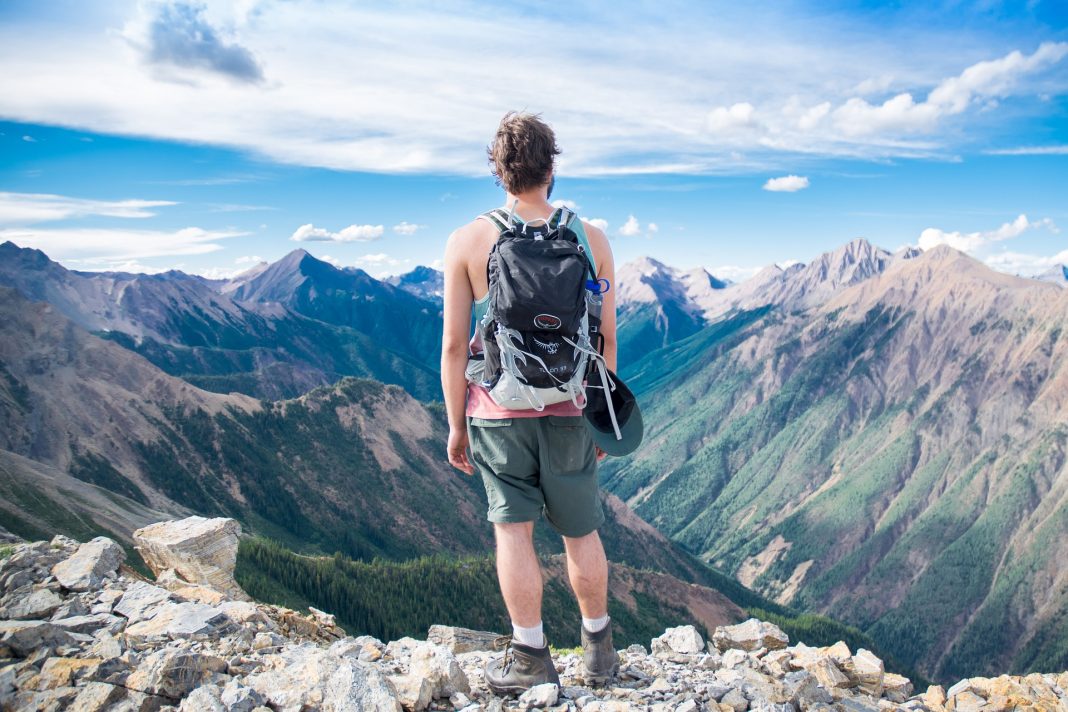Chances are, if you have spent any time at all at high elevation, you have either experienced altitude sickness or you know someone who has.
I was 27 the first time I experienced it. I was with my husband hiking our first fourteener. About the time we reached 12,000 feet I was nauseous and feeling exhausted. At 13,000 ft I sat down to eat a snack thinking my blood sugar was low. My head started to pound and my nausea got worse. At that point, I made the call to turn around just short of the summit. I was afraid I wouldn’t make it back to the truck. The hike back was much slower than the hike in, but by the time we drove back to town I was mostly better.
For most, their experience is like mine, however; for a small percentage of the population, it can become much more serious and even lead to death if not treated. It’s important to recognize the signs of altitude sickness so you can quickly help yourself, or even help a friend who may be delirious from the symptoms.
WHAT IS ALTITUDE SICKNESS
As the name implies altitude sickness is an illness brought on by the shortage of oxygen at high elevation. It typically only strikes when there is a quick ascent at over 8000 ft.
Many don’t realize that there are actually 3 types of altitude sickness. The most common type is called Acute Mountain Sickness (AMS). AMS is the most common type of altitude sickness. Symptoms include headache, nausea, vomiting, lethargy, and dizziness. A person will begin to experience symptoms within the first couple hours at altitude. If symptoms are ignored, they can progress into one of the more severe, life-threatening forms of altitude sickness.
The second type is called High Altitude Cerebral Edema (HACE). Initially, HACE seems like a severe case of AMS, but it is actually a build-up of fluid in the brain. 1% of people who experience HACE will suffer from a severe headache, nausea, and lethargy. The symptoms then progress into drowsiness, clumsiness, confusion, and even hallucinations.
The third type is called High Altitude Pulmonary Edema (HAPE). HAPE is also extremely dangerous. Fluid builds up in the lungs making it difficult to take a full breath. Those suffering from HAPE will find it impossible to catch their breath, and it will get worse with physical exertion. They also may get a fever and will cough up a frothy fluid. Symptoms develop around 2 or 3 days after coming to an altitude above 8000 ft. HAPE can become fatal within hours of symptoms starting.
It is also possible for HAPE and HACE to occur simultaneously.

HOW TO PREVENT ALTITUDE SICKNESS
It’s impossible to say who will and won’t suffer from altitude sickness, but those with pulmonary diseases or viral illnesses are at a higher risk and should take extra precautions.
Preventing altitude sickness starts before you even start your hike. The day before your trip avoid alcohol and unnecessary exertion. Experts say if you are coming from a very low elevation, camping at the trailhead the night before is a good way to give your body time to acclimate. The day of the hike, ascend slowly and give your body time to acclimate. Hydration and proper nutrition are also important.
HOW TO TREAT ALTITUDE SICKNESS
For all types of altitude sickness, it is important not to ignore your symptoms. If you suspect you or someone you are with is experiencing the illness, descending is your top priority. Oxygen can be administered if you have it available.
You need to seek medical attention as soon as possible, as severe cases can still be life-threatening even after descending. A doctor can prescribe acetazolamide or dexamethasone to treat the symptoms.
No one is immune from altitude sickness, but no one needs to die from it either. Even if you live at a high elevation and spend a lot of time above 8000 ft, you can still fall ill. Share this information with your friends, recognize the symptoms when they arise, and act quickly. You might just save a life.















